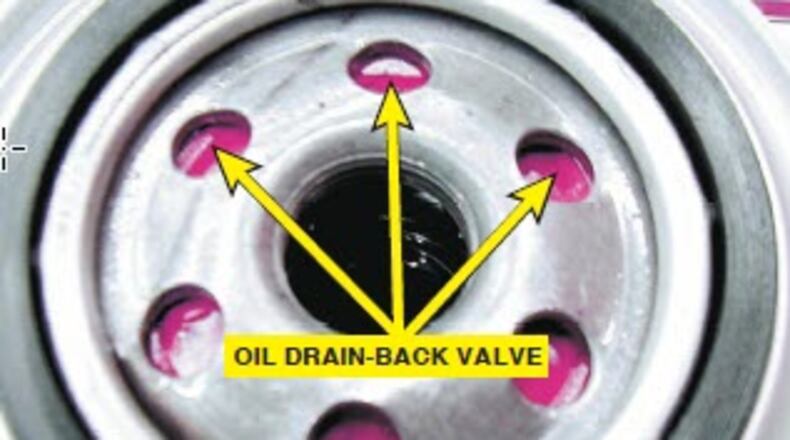Halderman:
Thanks for writing. Each vehicle has its own specifications such as:
- Pressure relief: The bypass valve allows the engine to be lubricated with dirty oil, rather than having no lubrication, if the filter becomes plugged. The oil also goes through the bypass when the oil is cold and thick.
- Oil drain back valve specifications
- Burst strength
The filter is made from either closely packed cloth fibers or a porous paper. Large particles are trapped by the filter. Microscopic particles will flow through the filter pores. These particles are so small that they can flow through the bearing oil film and not touch the surfaces, so they do no damage. Oil filters should be crushed and/or drained of oil before discarding. After the oil has been drained, the filter can usually be disposed of as regular metal scrap. Always check and follow local, state, or regional oil filter disposal rules, regulations and procedures. My suggestion is to use the recommended oil filter.
Have an automotive question? Get a straight answer by writing to Jim at jim@jameshalderman.com
About the Author

